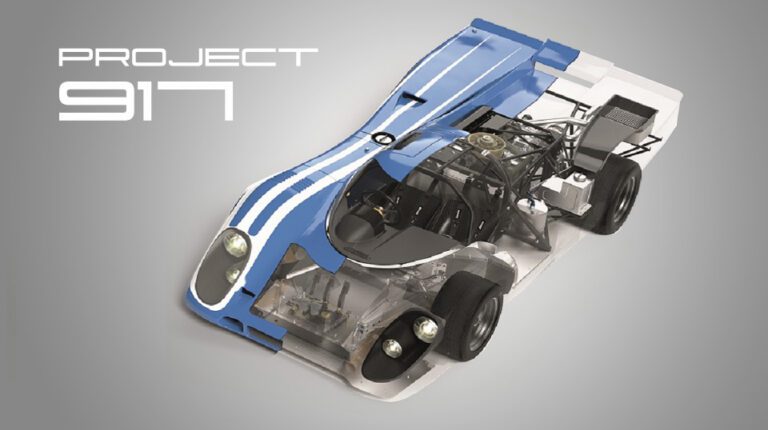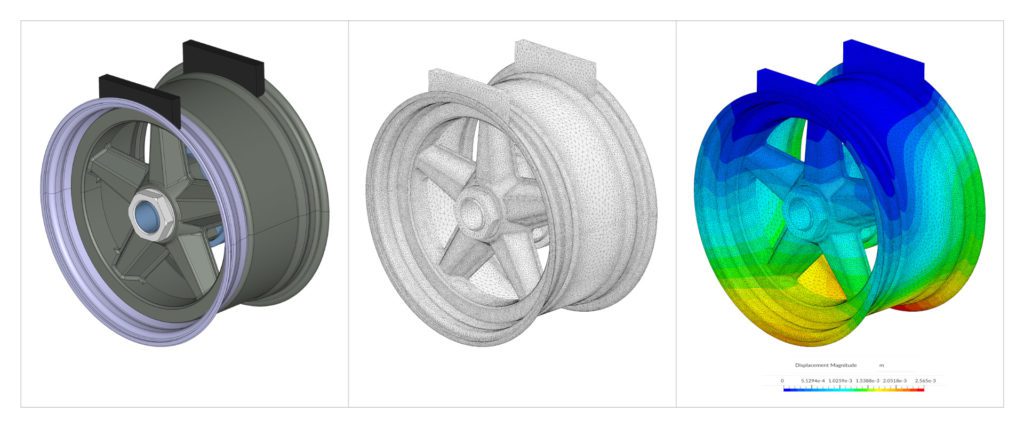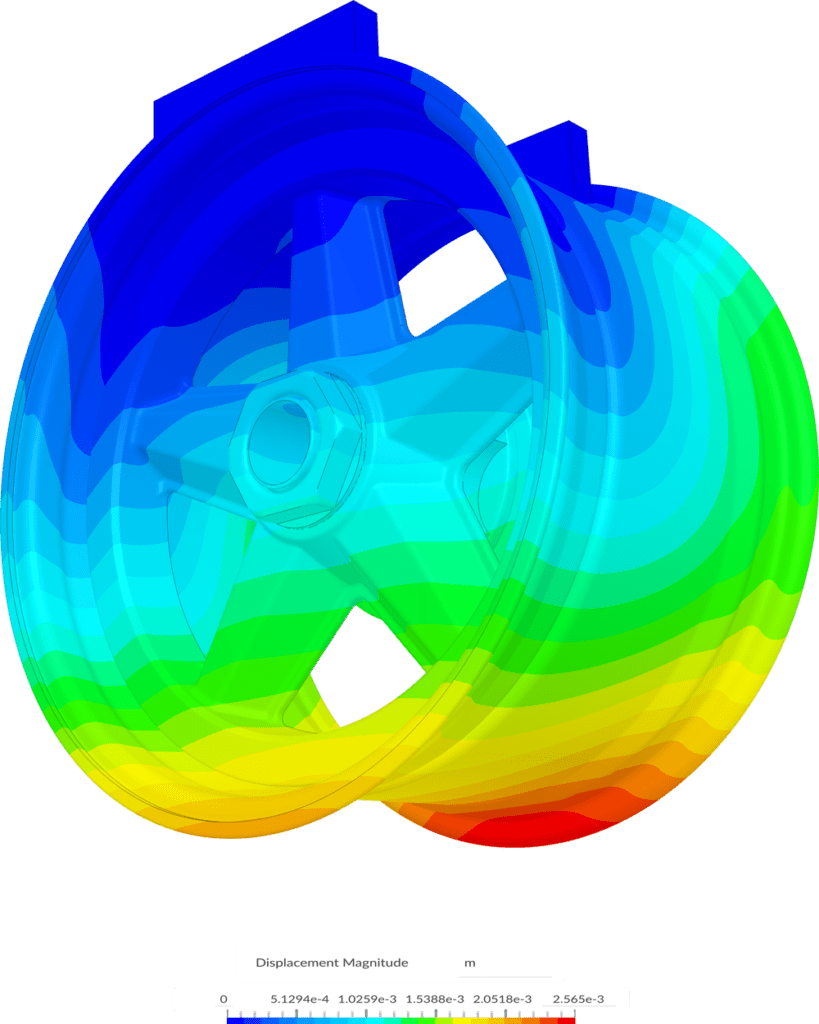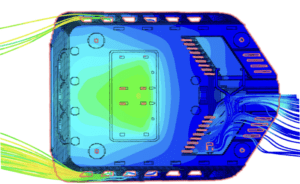
A-Concepts is a specialist vehicle engineering and development consultancy that offers full design, testing, and production services for overall vehicle and component development. A-Concepts is an engineering partner with compelling solutions from concept to volume production. They advise and assist in the development of products for manufacturing in small and medium-sized projects and now also support automobile OEM suppliers of mass-produced components with interdisciplinary expertise. A core aspect of what A-Concepts does is to work with partners to design, develop, produce, and test first-of-a-kind demonstration prototypes and concept cars. This includes complete digitization of vehicle/component design using the latest CAE and engineering simulation software and management of the entire R&D process.

Jens Janczyk, the founder and CEO of A-Concepts, is a mechanical engineer by training and has been developing cars from scratch for customers for almost 20 years. He has developed a whole vehicle engineering approach at A-Concepts including CAD design, visualization, design testing, 3D prototyping, and whole vehicle production and safety testing. Jens has worked on some of the most high-performance race and road cars with global automobile brands including the Project 917 roadworthy race car. A-Concepts has been a SimScale user since 2017 and has consistently used FEA for structural analysis and optimization of the vehicle body, frame, wheel rims, and other components. A-Concepts would like to next venture into vehicle aerodynamics using Openfoam or the GPU-accelerated lattice-Boltzman (LBM) solver, pacefish®, both integrated into SimScale.
A-Concepts switched to using SimScale from a traditional software vendor because it wanted flexible usage and pricing with access to the software from any place at any time, obviating the need for an expensive software license fixed to a particular desktop PC. Because Jens and his team are often traveling or situated at client sites, SimScale was a perfect fit and can be accessed simply on a web browser without any specific hardware requirements. The simulations are run in the cloud therefore access to powerful simulation tools has become easy and flexible. Previously, A-Concepts also relied heavily on third-party simulation service providers for advanced projects, which was time-consuming and expensive. Often, the turnaround time for a piece of analysis was prohibitive leading to project delays and overruns. The benefits of bringing simulation in-house using SimScale have been many:

A typical workflow starts from their preferred CAD tool, Catia v5, where the models are exported as STEP files and then imported into SimScale. This is a simple step, and with the robust CAD handling features in SimScale, previously tedious work of cleaning up geometry and meshing becomes fast and automated. Jens and his team can then easily set up multiple analysis types in the same platform with a few clicks. They are interested in evaluating structural displacement using the FEA module in SimScale, due to simulated loads on vehicle frames and wheel rims for example. These are quantified and illustrated using Von Mises stresses, forces, and displacement magnitudes.
One example of how A-Concepts works is Project 917 where they were responsible for implementing the overall vehicle development and design from idea to vehicle build in cooperation with partner companies. The work included:
Project 917 is already in production and, at the time of writing, seven had been ordered, each one costing close to 500,000 Euros. A specific component, the wheel rims, required careful design verification using structural analysis in SimScale. For this vehicle project, extensive use of the FEA module was made to comply with strict safety standards.
With SimScale we don't have to wait. We can now immediately make a CAD edit and re-run the simulation for quick results.

Jens Janczyk
Founder & CEO of A-Concepts

The rims are milled from aluminum and structural loading analysis is critical to meet strict safety standards in compliance with ISO 3006:2015 Road vehicles — Passenger car wheels for road use — Test methods. ISO 3006:2015 specifies two laboratory methods for testing certain essential fatigue strength characteristics of wheels intended for road use on passenger cars as defined in ISO 3833. The test methods are a) dynamic cornering fatigue test; b) dynamic radial fatigue test. The testing regime is considered robust and specialist third-party testing firms are engaged to conduct and verify the rim performance using loaded rotating rims under various loads. A-Concepts has created a digital twin of this test in SimScale allowing the rims to be simulated under forces from different rotation angles. Physical testing is expensive and each set of tests covering 10 sets of rims, subject to each test multiple times can cost in excess of 55K Euros. Simulation results, therefore, are critical in determining the final physical rim parameters before they are milled and sent off for testing. Errors in correctly simulating the rims can lead to excessive physical re-prototyping which means more physical testing. Jens and his team have saved an estimated 30K Euros per project by bringing simulation in-house. Before, this early-stage simulation activity was outsourced to a service provider.


In general, I would add as a big advantage of SimScale in comparison to other locally installed CAE-Software solutions — SimScale helps to keep the company's fixed costs low. The costs only arise within a specific project and not in advance without knowing whether the invested license costs can be allocated to a project at all.

Jens Janczyk
Founder & CEO of A-Concepts






Sign up for SimScale
and start simulating now